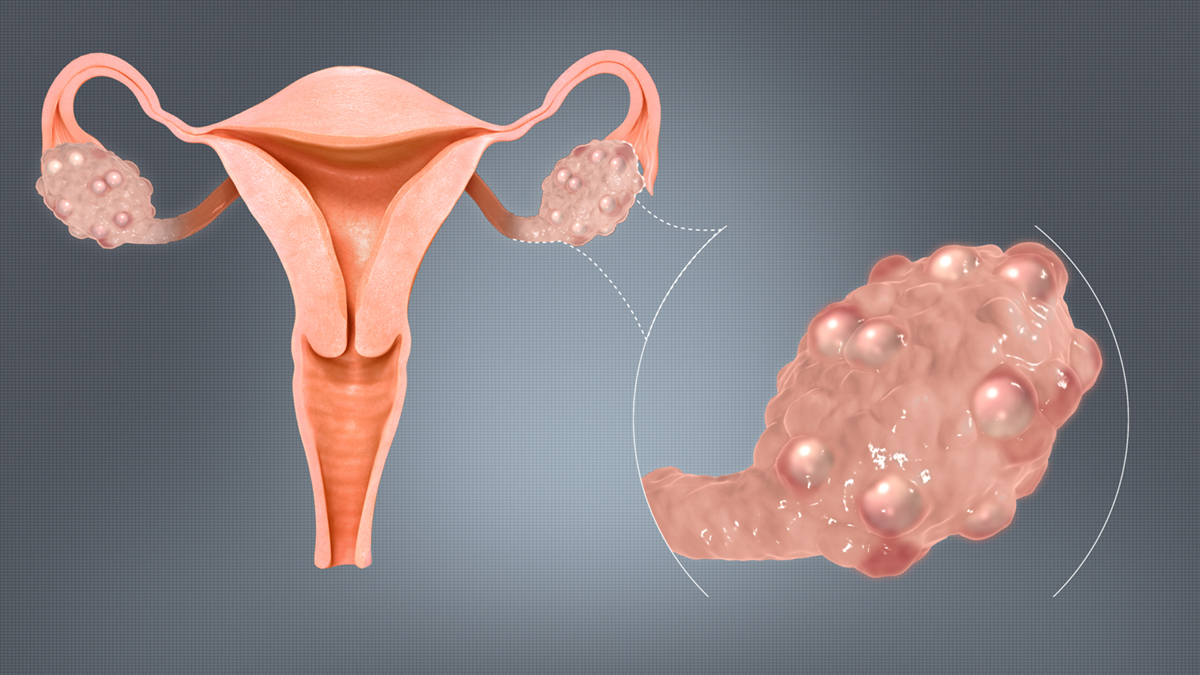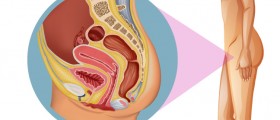
Polycystic ovarian syndrome
A problem with the hormones which induces a whole range of symptoms in women is referred to as polycystic ovarian syndrome (PCOS). The largest number of females who suffer from this ailment have multiple tiny cysts in the ovaries. The desirable approach to polycystic ovaries is not tackling the cysts themselves. It should involve looking for the reasons that underlie the cysts, since it is the true root of problems.
Five to ten percent of females suffer from this problem, and it is the most frequent culprit responsible for female infertility. The first symptoms can occur in adolescent years, manifesting through irregular periods. Also, the symptoms may not appear at all and the woman finds out about it much later in life when the infertility becomes obvious.
Treating polycystic ovaries
Which kind of approach and which type of therapy the physician will prescribe, depends on various factors. One of them is the period of life the patient is in. For example, if we are talking about a young woman who wants to apply birth control, the pill is a good solution. Not only does it provide her with means of birth control, but it also makes periods regular and helps prevent cancer of the uterus.
Also, there is the option of applying discontinuous therapy with progesterone. It generates periods and decreases the risk of cancer in the uterus. Note that it does not supply the woman with birth control effect.
If a woman plans to become pregnant soon, there is a medicament that is used to provoke ovulation, or the creation of the egg. If a woman experiences irregular periods and is overweight, getting rid of the excessive body weight may help normalize the menstruation and heighten the chances of successful conception. There are some more invasive measures for fighting polycystic ovaries, say injection of gonadotropin hormone which are available to women in case other measures fail.
A surgery for relieving the polycystic ovaries should perhaps be considered the last resort. The so called ovarian drilling is performed to facilitate ovulation process in females who failed to respond positively to other medical therapies for PCOS.
Some final notes on polycystic ovaries
The ailment known as polycystic ovaries is marked by irregularity or absence of periods, pimples, being overweight. The women with PCOS have a greater chance for high blood pressure and heart ailments. The adequate therapy provides better chances for avoiding situations that can potentially stem from risks brought about by PCOS.

















Your thoughts on this
Loading...